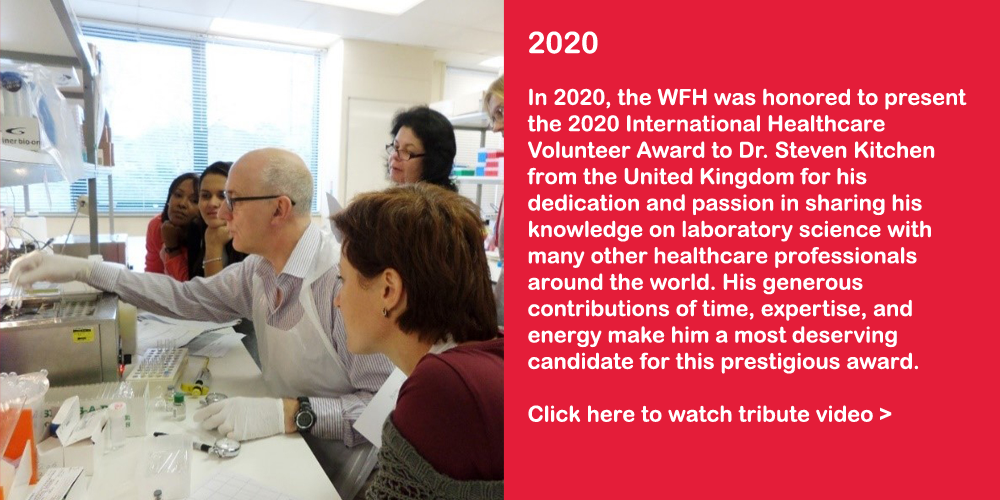The study included five men aged 22 to 41 years, who had severe hemophilia A but no inhibitors to factor VIII. They were followed for a median of 14 months (ranging from 9 to 27 months). The results showed that the therapy successfully maintained factor VIII at levels that prevented spontaneous bleeding (median factor activity levels of 20-40%), with no bleeding events during or after treatment. Before the treatment, participants had an annual bleeding rate of 20 to 120 episodes.
Some temporary side effects were noted and expected, including severe neutropenia (low white blood cell counts) and severe thrombocytopenia (low platelet counts), both resolving within 11 days. Apart from these, no serious side effects were observed. Importantly, no participant developed inhibitors to factor VIII after the therapy, and there were no deaths during the study period.
This study of five people with hemophilia A establishes that a new viral vector system can deliver the factor VIII gene to bone marrow stem cells and produce stable circulating FVIII protein. Since the factor VIII integrates into the chromosomes, it is expected to last for many years, perhaps lifelong. While much work is required before this technology becomes a viable treatment modality, this study offers strong evidence this may be a safe and effective approach to pursue an eventual cure.
—Glenn Pierce, MD, PhD, WFH Vice President, Medical
These early results address some of the challenges seen with other types of gene therapy and show promise as a long-term—potentially lifelong—treatment for hemophilia A. This approach could also make gene therapy accessible to more patients, including children.
To read Professor Srivastava’s paper, please click here. An accompanying editorial from Professor Johnny Mahlangu from the University of Witswatersrand compares and contrasts gene therapy with lentivirus versus adeno-associated virus (AAV), which has been used up to now in developing hemophilia gene therapies, “Could Lentivirus Overcome the AAV Gene-Therapy Challenges in Hemophilia A?” in the New England Journal of Medicine. Please click here to read the editorial.












